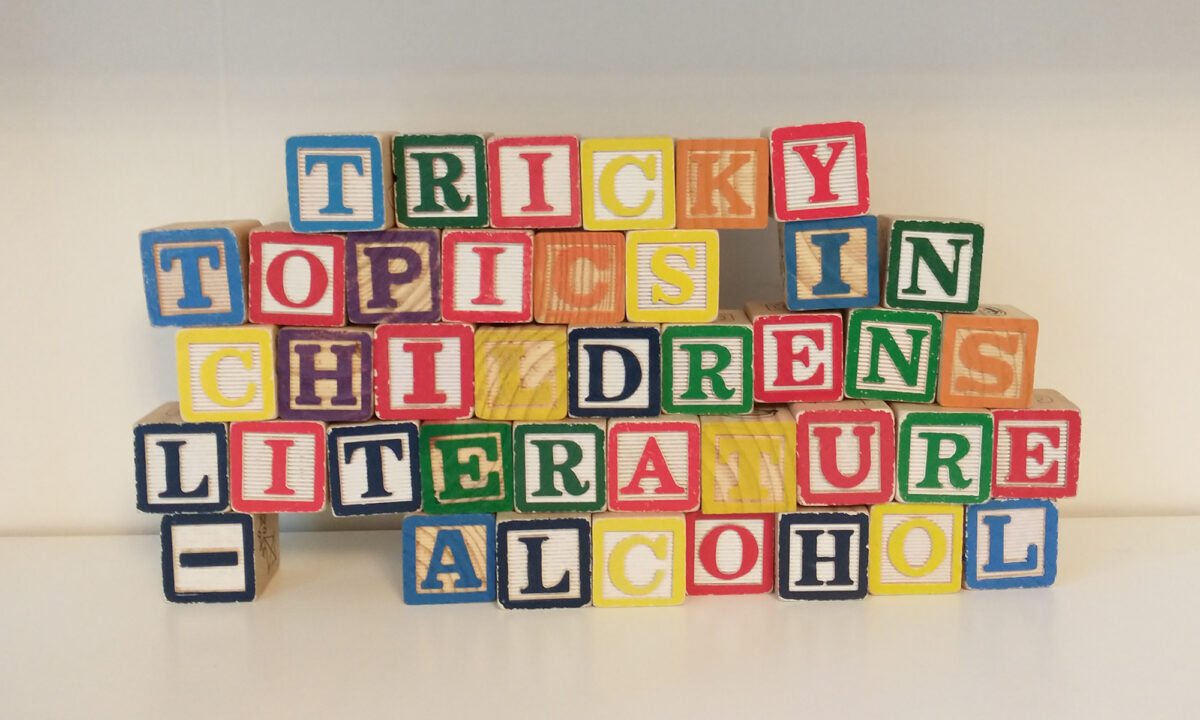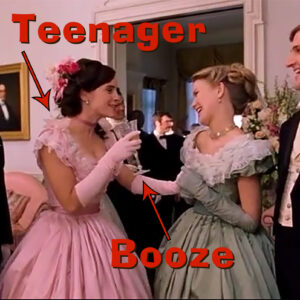Podcast: Play in new window | Download
Subscribe: RSS
Scott O’Dell researched and wrote Island of the Blue Dolphins in the late 1950’s and published the book in 1960. The feminist and environmentalist themes in the book, while quite uncontroversial today, were incredibly groundbreaking for their time, being published a few years before books such as Silent Spring or The Feminine Mystique.
The fact that this book was published at all in 1960 is amazing. At the time, no media featured a female protagonist who never has a romantic partner, whose most significant relationship is a friendship with another woman, and who is capable of providing for herself without needing help. In fact, the first publisher O’Dell approached rejected the book because he thought it should have a male protagonist.
Using Karana’s direct, reasonable observations, O’Dell critiques the idea of banning women from employment or exploiting the natural world to the point of unsustainable degradation. Island of the Blue Dolphins can absolutely be appreciated as a straightforward survival story. But by understanding a little bit more about he context of the environmentalist and feminist movements in California in the 1950’s, readers ready for a deeper understanding of the world can delve into its themes and learn about how we can be better to one another and the world we live in.
Activity: 20th Century Environmental Efforts
Today it is generally accepted that we should use the resources of the earth in a sustainable manner, avoid creating excessive pollution, and treat animals humanely. But in the 1950’s this was a very new idea that was strongly resisted by politicians and leaders of industry. It was more attractive to dismiss concerns about pollution, habitat loss, and animal extinction than to make less profit by doing things sustainably.
Students can research an environmental cause of the 20th century in which scientists and conservationists turned out to be correct, and fixing the problem turned out to be expensive and difficult. Students can present their findings as a written report, a skit, or a multimedia presentation. Some examples of topics include:
Lead Poisoning
The chemical and petroleum industries deliberately misled the public for a long time about the dangers of lead, blaming parents when children became ill or died from exposure to the metal. Clair Cameron Patterson was the most prominent scientist to campaign against the use of lead in consumer products, resulting in improved health and longer lives for countless people.
DDT
DDT was sprayed on plants to kill insects. It is a highly powerful poison that lasts a long time when it gets into water, soil, and the bodies of animals. When mother birds were exposed to DDT, the eggs they laid had shells that were too thin. The eggs would break before the baby birds could be born, leading to a sharp decline in the numbers of birds in North America. The California Condor nearly went extinct because of DDT.
The Sierra Club and Environmental Laws
The Sierra Club was founded in 1892 and has continuously worked for laws that protect public land so that it can remain beautiful, healthy, and enjoyed by all visitors. Students can research one of the Sierra Club’s many successful efforts, such as working to pass the Wilderness Act in the US Congress or establishing Earth Day to raise awareness of environmental concerns.








